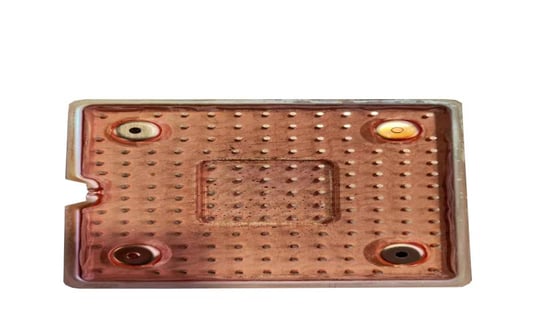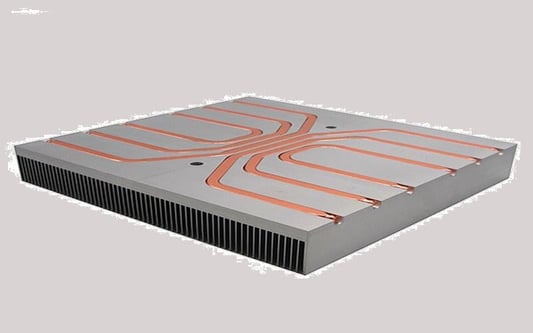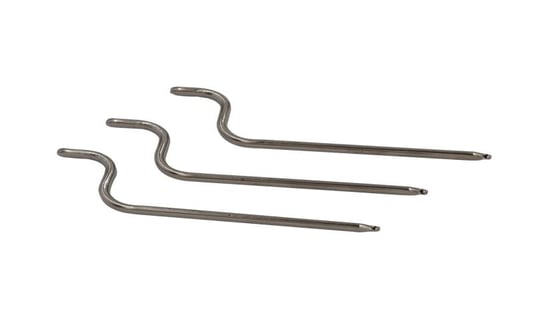The Application of LED heat sink: Enhancing Efficiency and LongevityIntroductionLED (Light Emitting Diode) technology has revolutionized the lighting industry with its energy efficiency and longevity. However, LEDs generate heat during operation, which can negatively impact their performance. To overcome this challenge, LED heat sinks are employed to dissipate heat effectively. In this article, we explore the various aspects of the application of LED heat sinks and their significance in enhancing efficiency and longevity.The Role of Heat Sinks in LED ApplicationsHeat sinks play a crucial role in LED applications by absorbing and dissipating the excess heat generated by the LED chips. By removing heat efficiently, heat sinks prevent the LED chips from overheating, which can lead to reduced brightness, color degradation, and shortened lifespan. The proper application of heat sinks ensures optimal performance and longevity of LED lighting systems.Types of LED Heat SinksLED heat sinks come in various types, each designed to cater to different application requirements. The most common types include passive heat sinks, active heat sinks, and hybrid heat sinks. Passive heat sinks rely on natural convection to dissipate heat, while active heat sinks utilize fans or blowers for forced convection. Hybrid heat sinks combine both passive and active cooling methods to achieve better thermal management.Factors Affecting Heat Sink PerformanceSeveral factors influence the performance of LED heat sinks. The material used for the heat sink, such as aluminum or copper, affects its thermal conductivity and overall efficiency. The design and fin density of the heat sink also play a crucial role in maximizing heat dissipation. Additionally, proper thermal interface materials (TIMs), such as thermal grease or pads, are essential to ensure efficient heat transfer between the LED chip and the heat sink.Optimizing Heat Sink DesignTo achieve optimal performance, heat sink design must be carefully considered. The size and shape of the heat sink should be tailored to the specific LED application, taking into account the available space and airflow conditions. Increasing the surface area of the heat sink through innovative fin designs or adding heat pipes can significantly enhance heat dissipation. Additionally, optimizing the thermal resistance between the LED chip and the heat sink minimizes heat accumulation and improves overall efficiency.Applications in High-Power LED LightingHigh-power LED lighting applications, such as streetlights, stadium lighting, and industrial lighting, require robust heat sink solutions. These applications generate more heat due to the higher wattage of the LEDs. By implementing efficient heat sink designs, heat is effectively dissipated, ensuring the LEDs operate within their optimal temperature range. This results in improved performance, extended lifespan, and reduced maintenance costs.The Importance of Thermal ManagementEffective thermal management is crucial in LED applications to maintain the desired performance and longevity. Inadequate thermal management can lead to thermal runaway, where the LED chip temperature increases uncontrollably, ultimately causing premature failure. By utilizing appropriate heat sinks and thermal management techniques, such as proper airflow and heat sink positioning, the temperature of the LED chips can be kept at optimal levels, ensuring reliability and longevity.Advancements in LED Heat Sink TechnologyThe continuous advancements in LED heat sink technology have led to the development of more efficient and compact solutions. Integrated heat sinks, which combine the heat sink and LED module into a single unit, offer improved thermal performance and ease of installation. Furthermore, the integration of advanced materials, such as graphene or nanomaterials, in heat sink designs shows promising results in enhancing heat dissipation capabilities.Environmental Impact and Energy EfficiencyLED heat sinks not only contribute to the longevity and performance of LED lighting systems but also play a role in energy efficiency and environmental sustainability. By effectively dissipating heat, LED heat sinks ensure that a significant portion of the electrical energy consumed is converted into light, rather than wasted as heat. This improves the overall energy efficiency of LED lighting, leading to lower energy consumption and reduced carbon footprint.ConclusionThe application of LED heat sinks is vital for optimizing the performance and longevity of LED lighting systems. By efficiently dissipating heat, heat sinks prevent overheating, ensuring consistent brightness and color quality of LEDs. With continuous advancements in heat sink technology, LED lighting systems are becoming more efficient, reliable, and environmentally friendly. The proper selection and design of heat sinks are essential for maximizing the benefits of LED technology in various applications.Quote Inquiry










